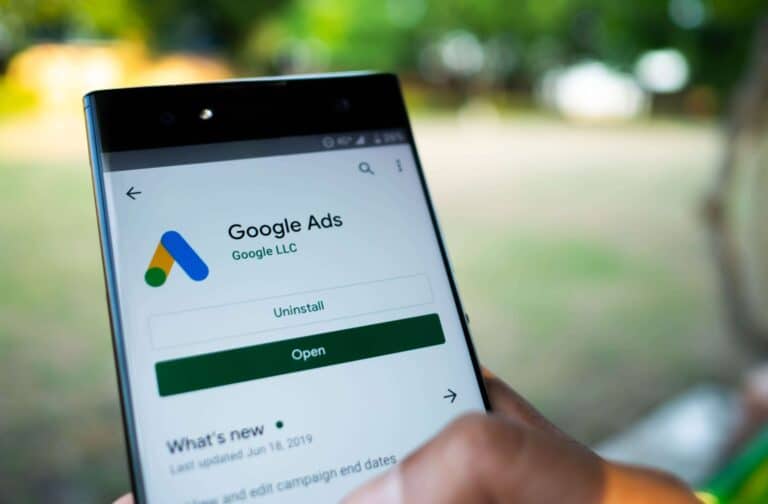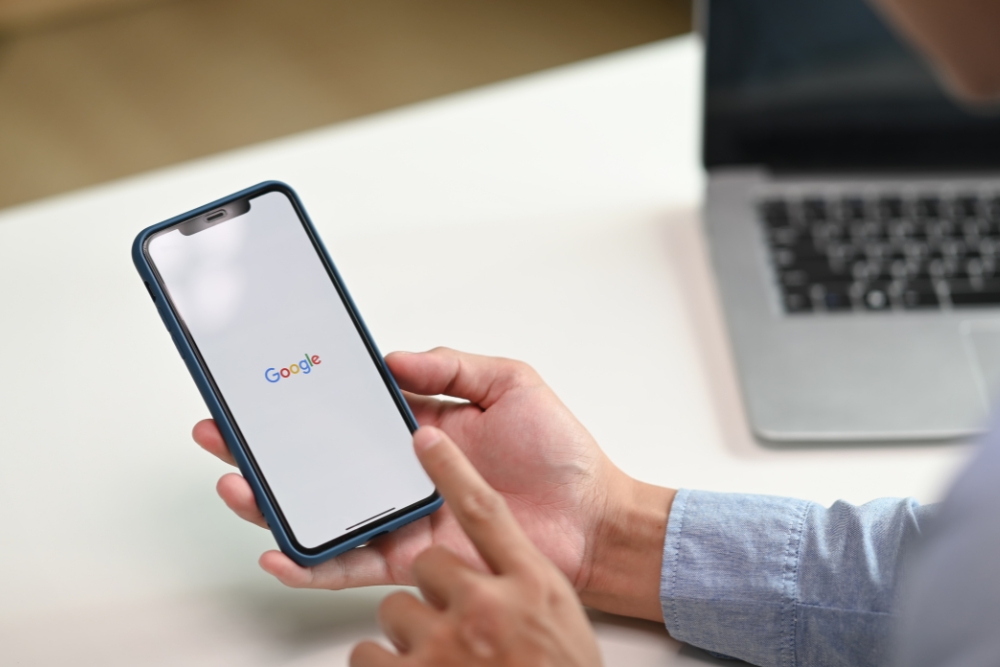Google Ads allows companies to present targeted advertisements to potential customers to promote their products and services. Thus, brand awareness or focus on specific niches of keywords assists in increasing revenue through attracting prospective buyers who have a high level of purchasing intent.
It’s pretty easy to create a search engine advertising campaign. Visit the Google Ads page and click on Start Now. You will be given instructions on
how to proceed. Once you have created your ad copy, Google will provide you with some tips along the way to set up your ad in minutes. Google provides a detailed guide detailing setting up Google Ads for new users. You can learn how to set up campaigns and ad groups, set budgets and bids, select keywords, choose keyword match types, and connect to Google Analytics with this guide.
Optimising Google Ads
Optimisations enhance performance and achieve campaign goals by strategically redistributing advertising spend across ads to optimise specific
aspects of your campaign. An advertising campaign is tested and made better based on how it performs. Google Ads optimisation should be focused on ad targeting, ad copy, keyword selection, and the landing page.
1. Ad Targeting
As part of setting up initial campaigns, brands choose the key phrases they intend to rank for. Still, until the ads go live they cannot determine which
combination of keywords will be the most effective for each ad. Optimising advertising campaigns relies not only on keywords but also on other targeting factors. Bidding and targeting campaigns are examples of such elements.
Campaign keyword optimisation begins with the selection of keywords. Upon launching an ad campaign, it is vital to review, revisit, and replant keywords for each ad, as necessary, to optimise the movement entirely. Here are some tips:
- The removal of keywords that may generate clicks but not conversions, which can save ad spend, allows for selecting only relevant keywords
- Remove any irrelevant negative keywords that did not appear in recent searches from the negative keyword list
- Remove all keywords that have a quality score of 3 or lower. In this way, ads will be better positioned, and other keywords in ad groups will
maintain their quality scores. The remaining quality scores should naturally be revised and improved after removing the lower ones. Ideally, they should rank at least 7. - Placing high-performing keywords in separate campaigns will improve the overall score.
Optimising the bid campaign strategy aims to determine the bid level for each keyword that will lead to the most profitable conversions. The cost per
conversion for each ad must be advantageous when an agency optimises a bidding strategy. Advertising budgets are therefore effectively used across
campaigns. To do this, you can use Google Ads conversion tracking, a free tool for evaluating the results of your campaigns.
Google Ads campaigns can be targeted based on your geographic location (mobile users vs desktop users) as well as the time of day. Once reviewed
and strategically targeted, all these factors can have a significant and positive impact on campaign success.
2. Ad Copy
In addition to ad targeting, ad copy should also be optimised, which can be done through split testing or ad extension.
- A/B Testing –
Testing different ads and seeing how they perform using A/B Testing can effectively optimise ad copy. Choose the variation that gets the highest click-through rate and leads to the most conversions.
- Ad Extensions – Ad extensions can also be used to optimise ad copy. At least four ad extensions are recommended for Google Ads ads, such as site links, callouts, etc.
3. Landing Page
Optimising the landing page your ad redirects to on your website is the next step once ad targeting and copy have been optimised. The website traffic will then be converted to leads and sales. The homepage should not be just a redirect to a landing page. You should create a landing page that clearly
explains what the product or service is advertised in the advertisement, not just provide general information about your business.
How Long Would It Take to Optimise a Google Ads Campaign?
The timeline for executing the optimisation strategy will vary from business to business due to the many variables to consider when optimising a Google Ads campaign. This depends on how well your initial campaign is structured and how well your ad targeting, ad copy, and landing page have been optimised.
Testing and trial-and-error are crucial to improving a particular ad campaign’s performance. The optimisation is not a one-time task. Within three months, you can see results, but the process cannot be rushed. The optimisation takes time for truly successful campaigns.
Further, you will need to wait until enough data is collected to determine how the changes you made affected your Google Ads campaign. Whenever a
change is made, the process is slowed down even more. This process can take 1-2 weeks, depending on how many and significant the differences are. In short, the tangible results of an effective and continuously tweaked campaign would not be visible until 6 – 12 months after execution.
Warren Digital provides detailed optimisation services to ensure your advertising campaigns are transformed into high converting assets for your business. Visit our website to know more about the services we provide.





